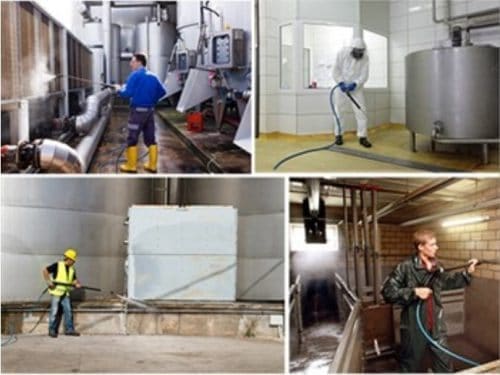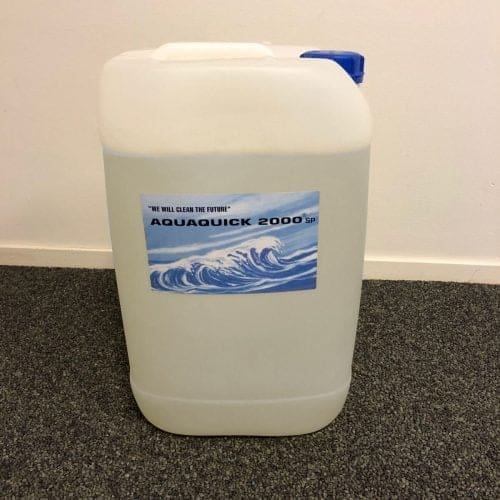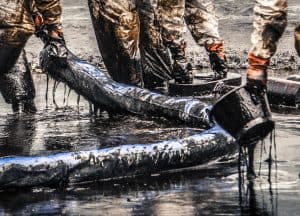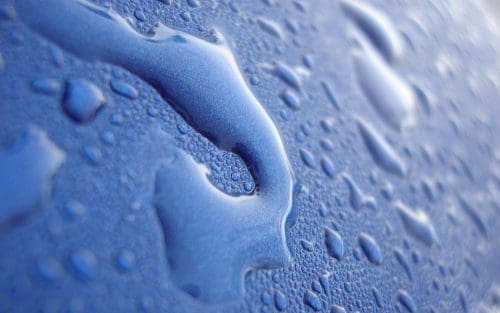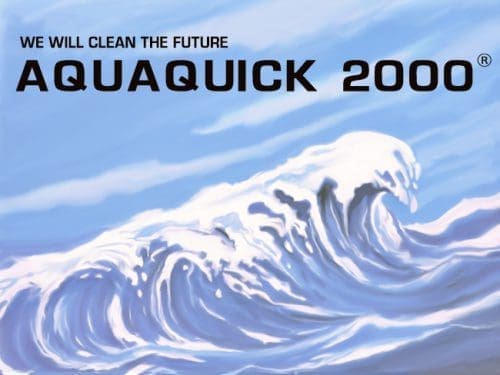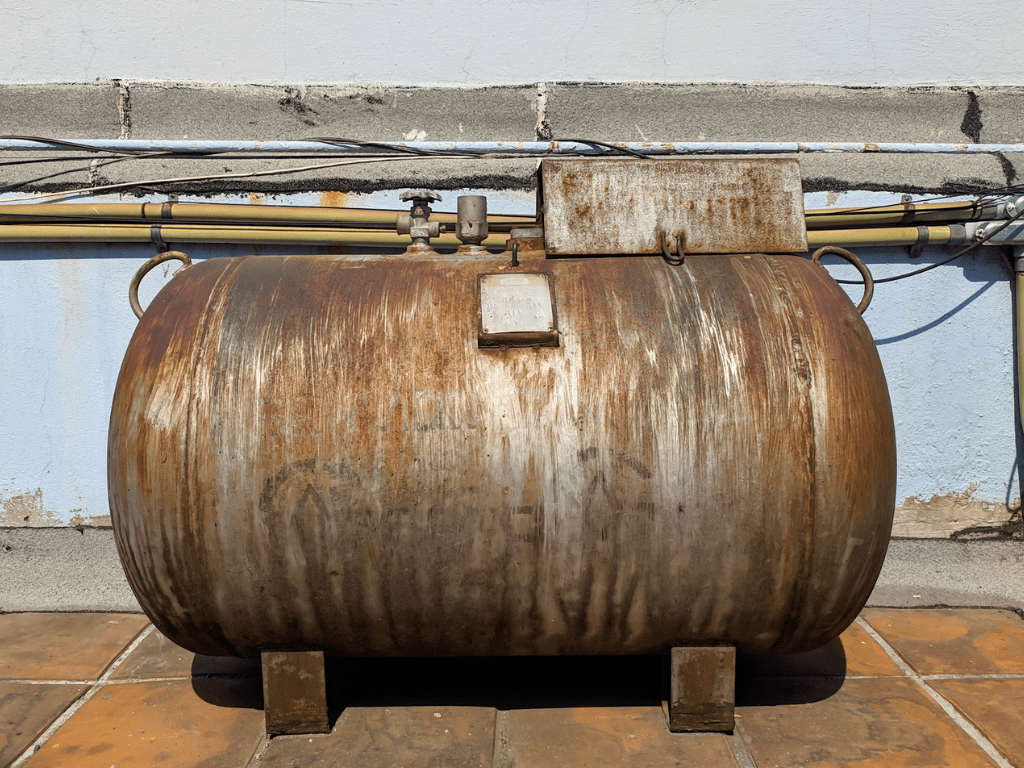Introduction
Maintaining a clean gas tank is crucial for the longevity and performance of your vehicle. Over time, gas tanks can accumulate debris, moisture, and other contaminants, leading to rust formation. This rust not only affects the efficiency of your vehicle but can also cause severe damage if left untreated. In this article, we’ll explore the importance of cleaning rusty gas tanks and provide practical solutions to ensure your vehicle remains in top condition.
Understanding Rust Formation in Gas Tanks
Why Does Rust Form in Gas Tanks?
Rust, or iron oxide, forms when iron or steel reacts with oxygen and moisture. Gas tanks, especially those made of steel, are prone to rusting due to the presence of water vapor and oxygen in the fuel. Even a small amount of water can initiate the rusting process, leading to corrosion over time.
The Impact of Rust on Vehicle Performance
A rusty gas tank can have several negative effects on your vehicle:
- Fuel Contamination: Rust particles can mix with the fuel, leading to clogged fuel filters and injectors.
- Engine Performance: Contaminated fuel affects engine performance, causing misfires, reduced power, and lower fuel efficiency.
- Structural Integrity: Prolonged rusting can weaken the gas tank, leading to leaks and potential safety hazards.
Neglecting Rust: A Costly Mistake
Ignoring rust in your gas tank can lead to significant and costly problems. Rust can spread, compromising the tank’s structural integrity and potentially leading to fuel leaks. Additionally, rust particles in the fuel system can cause extensive damage to the engine, resulting in expensive repairs.
Signs of a Rusty Gas Tank
Common Symptoms of Rust in a Gas Tank
It’s essential to recognize the signs of a rusty gas tank early to prevent further damage. Some common symptoms include:
- Fuel Odor: A strong fuel smell near your vehicle may indicate a rusted and leaking gas tank.
- Discolored Fuel: Rust particles can cause the fuel to appear reddish or brown.
- Engine Issues: Frequent engine misfires, reduced power, or stalling could be due to rust contamination.
- Fuel Filter Blockage: A clogged fuel filter may indicate rust particles in the fuel.
How to Identify These Signs Early
Regular inspections and maintenance are key to identifying rust in your gas tank early. Check for visible rust spots on the exterior of the tank and monitor your vehicle’s performance for any of the symptoms mentioned above. If you suspect rust, it’s crucial to take action immediately to prevent further damage.
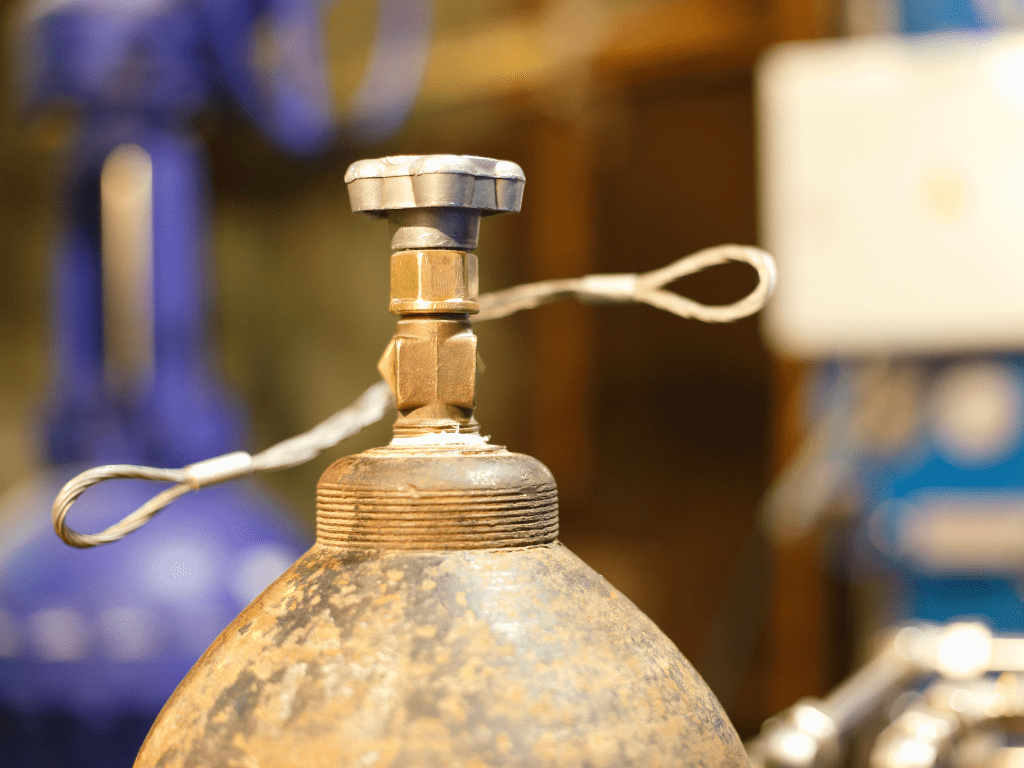
Traditional Methods of Cleaning Rusty Gas Tanks
Overview of DIY Methods
Cleaning a rusty gas tank is a task that many vehicle owners attempt themselves. Several DIY methods are popular for removing rust, including:
- Vinegar and Baking Soda: This method involves filling the tank with vinegar, letting it sit to dissolve the rust, and then neutralizing with baking soda.
- Manual Scrubbing: Using brushes or abrasive materials to manually scrub the inside of the tank.
- Chemical Rust Removers: Commercial rust removal products that can be poured into the tank to dissolve rust.
Pros and Cons of Traditional Cleaning Methods
While DIY methods can be effective, they come with their own set of challenges:
- Effectiveness: Vinegar and baking soda can be effective but may not completely remove severe rust. Manual scrubbing can be labor-intensive and may not reach all areas of the tank.
- Safety Concerns: Handling chemicals and working inside a confined space like a gas tank can be hazardous.
- Incomplete Cleaning: DIY methods often leave behind residual rust or fail to address the root cause, leading to re-rusting.
Potential Risks and Inefficacies
Traditional cleaning methods may not provide a long-term solution for rust. Incomplete removal of rust can lead to the issue reoccurring, and the use of harsh chemicals can damage the tank’s interior. Additionally, improper handling during the cleaning process can result in accidents or further damage to the tank.
AQUAQUICK 2000: A Modern Solution for Cleaning Rusty Gas Tanks
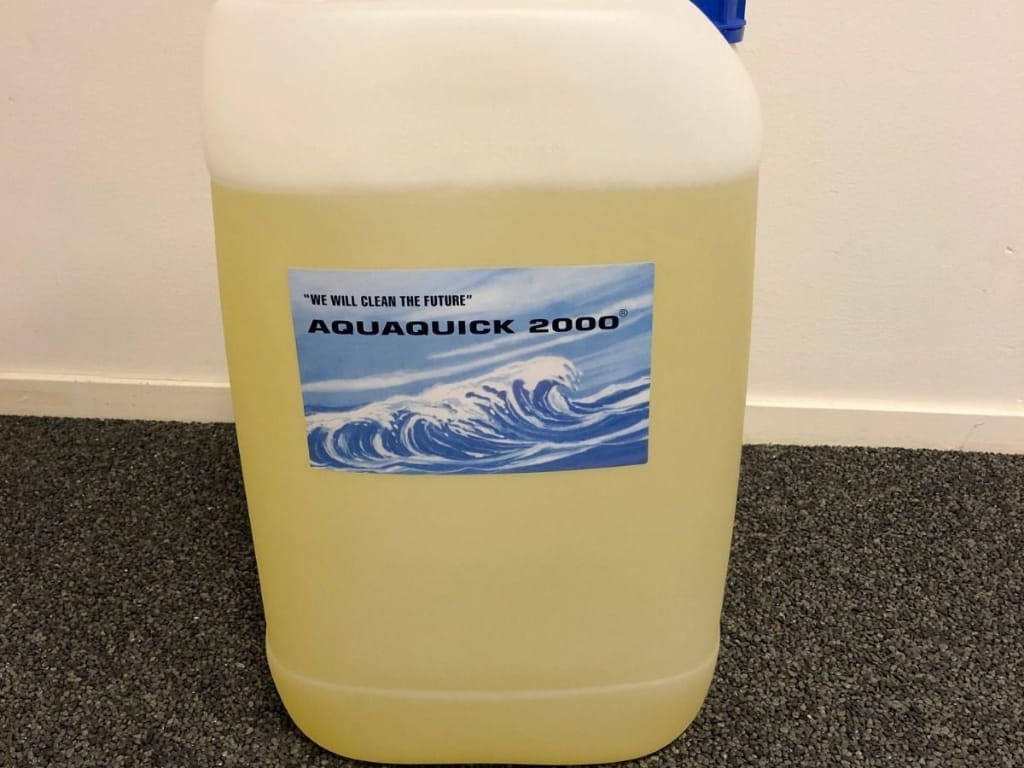
Introduction to AQUAQUICK 2000
When it comes to effectively cleaning a rusty gas tank, traditional methods may not always deliver the desired results. This is where AQUAQUICK 2000 stands out as a modern, efficient solution. AQUAQUICK 2000 is a versatile, biodegradable cleaning product specifically designed to tackle tough rust and contamination issues, including those found in gas tanks.
How AQUAQUICK 2000 Works for Cleaning Rusty Gas Tanks
AQUAQUICK 2000 works by penetrating deep into the rust layers, breaking down the oxidized material, and cleaning the tank’s surface without causing damage. Its unique formula is powerful enough to dissolve rust while being gentle on the metal, ensuring that the tank’s structural integrity is maintained.
Comparison with Traditional Cleaning Methods
Unlike traditional methods such as vinegar or manual scrubbing, AQUAQUICK 2000 provides a more thorough and efficient cleaning process:
- Efficiency: AQUAQUICK 2000 works quickly to dissolve rust, reducing the time and effort required compared to manual methods.
- Safety: As a biodegradable product, it is safer to handle and environmentally friendly, unlike harsh chemical rust removers.
- Effectiveness: AQUAQUICK 2000 ensures complete rust removal, preventing the issue from recurring and extending the life of your gas tank.
Benefits of Using AQUAQUICK 2000
Using AQUAQUICK 2000 for cleaning rusty gas tanks offers several advantages:
- Eco-Friendly: The product is biodegradable, making it an environmentally responsible choice.
- Non-Toxic: Safe for users and does not emit harmful fumes, ensuring a safer cleaning process.
- Versatility: In addition to gas tanks, AQUAQUICK 2000 can be used for various cleaning applications, making it a valuable addition to your maintenance routine.
Step-by-Step Guide: Cleaning a Rusty Gas Tank with AQUAQUICK 2000
Step 1: Gather Your Supplies
Before starting the cleaning process, ensure you have the following items ready:
- AQUAQUICK 2000
- Protective gloves and eyewear
- A fuel-safe container
- A siphon pump
- Clean water for rinsing
Step 2: Drain the Gas Tank
Begin by safely draining any remaining fuel from the gas tank. Use a siphon pump to transfer the fuel into a safe container. Make sure the tank is completely empty before proceeding.
Step 3: Apply AQUAQUICK 2000
Pour an appropriate amount of AQUAQUICK 2000 into the empty gas tank. The amount required will depend on the size of the tank and the severity of the rust. Once the product is inside the tank, seal the tank and shake it gently to ensure the solution coats all interior surfaces.
Step 4: Allow the Solution to Work
Let the AQUAQUICK 2000 solution sit in the tank for the recommended duration, typically a few hours. This allows the product to penetrate the rust and break it down effectively.
Step 5: Rinse and Inspect
After the solution has had time to work, drain the tank again and rinse it thoroughly with clean water. Inspect the interior of the tank to ensure all rust has been removed. If necessary, repeat the process for stubborn areas.
Step 6: Dry and Reassemble
Once the tank is clean, allow it to air dry completely before reassembling and refueling. Ensuring the tank is dry prevents any new rust from forming.
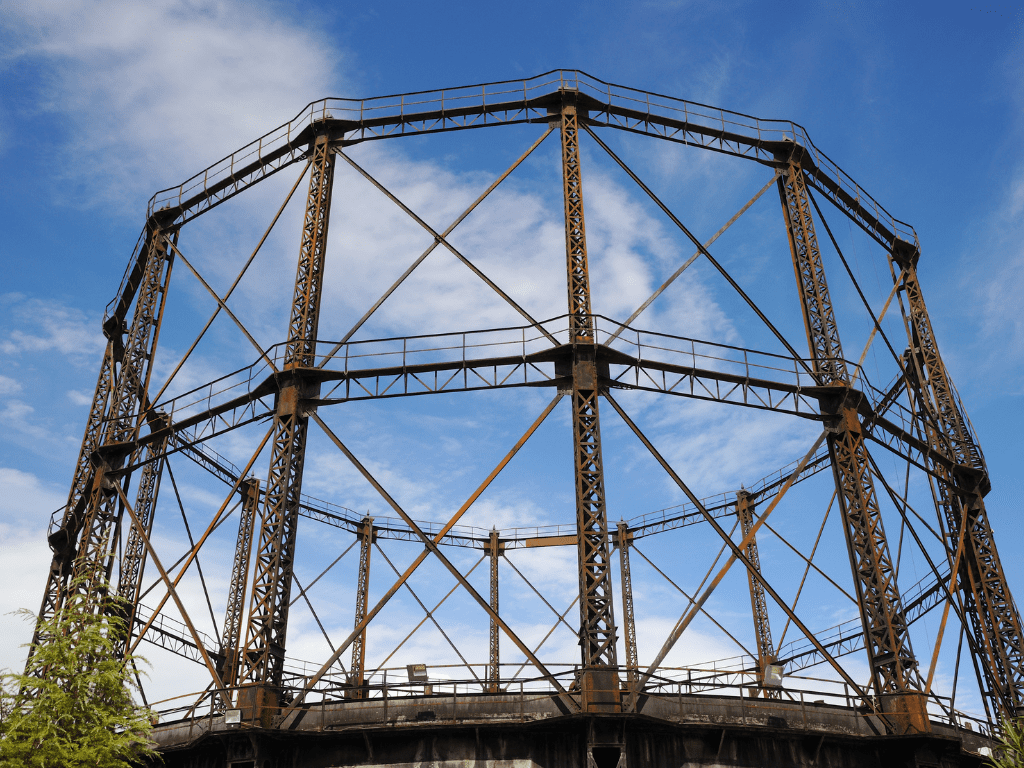
Preventing Rust Formation in Gas Tanks
Tips for Long-Term Rust Prevention
Preventing rust from forming in your gas tank is key to maintaining your vehicle’s performance and safety. Here are some tips to help you keep your tank rust-free:
- Regular Inspections: Periodically check your gas tank for signs of rust or corrosion.
- Keep the Tank Full: Keeping your gas tank full reduces the amount of air (and therefore moisture) inside the tank, lowering the risk of rust.
- Use Quality Fuel: High-quality fuel often contains additives that can help prevent rust formation.
Incorporating AQUAQUICK 2000 into Regular Maintenance
Using AQUAQUICK 2000 as part of your regular maintenance routine can significantly reduce the risk of rust in your gas tank. Regular cleaning with AQUAQUICK 2000 ensures that any minor rust or contaminants are addressed before they become a bigger problem.
Importance of Regular Inspection and Cleaning
Regular inspection and cleaning are essential to maintaining a healthy gas tank. By catching rust early and using products like AQUAQUICK 2000, you can extend the life of your gas tank and avoid costly repairs.
Conclusion
Maintaining a clean gas tank is crucial for the overall performance and safety of your vehicle. While traditional methods of cleaning rusty gas tanks have their place, using a modern, efficient solution like AQUAQUICK 2000 can make the process easier, safer, and more effective. By incorporating AQUAQUICK 2000 into your maintenance routine, you can ensure that your gas tank remains rust-free and your vehicle continues to run smoothly for years to come.



